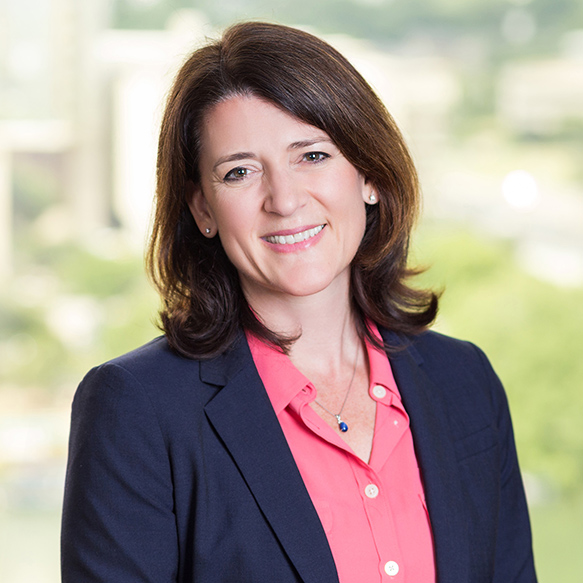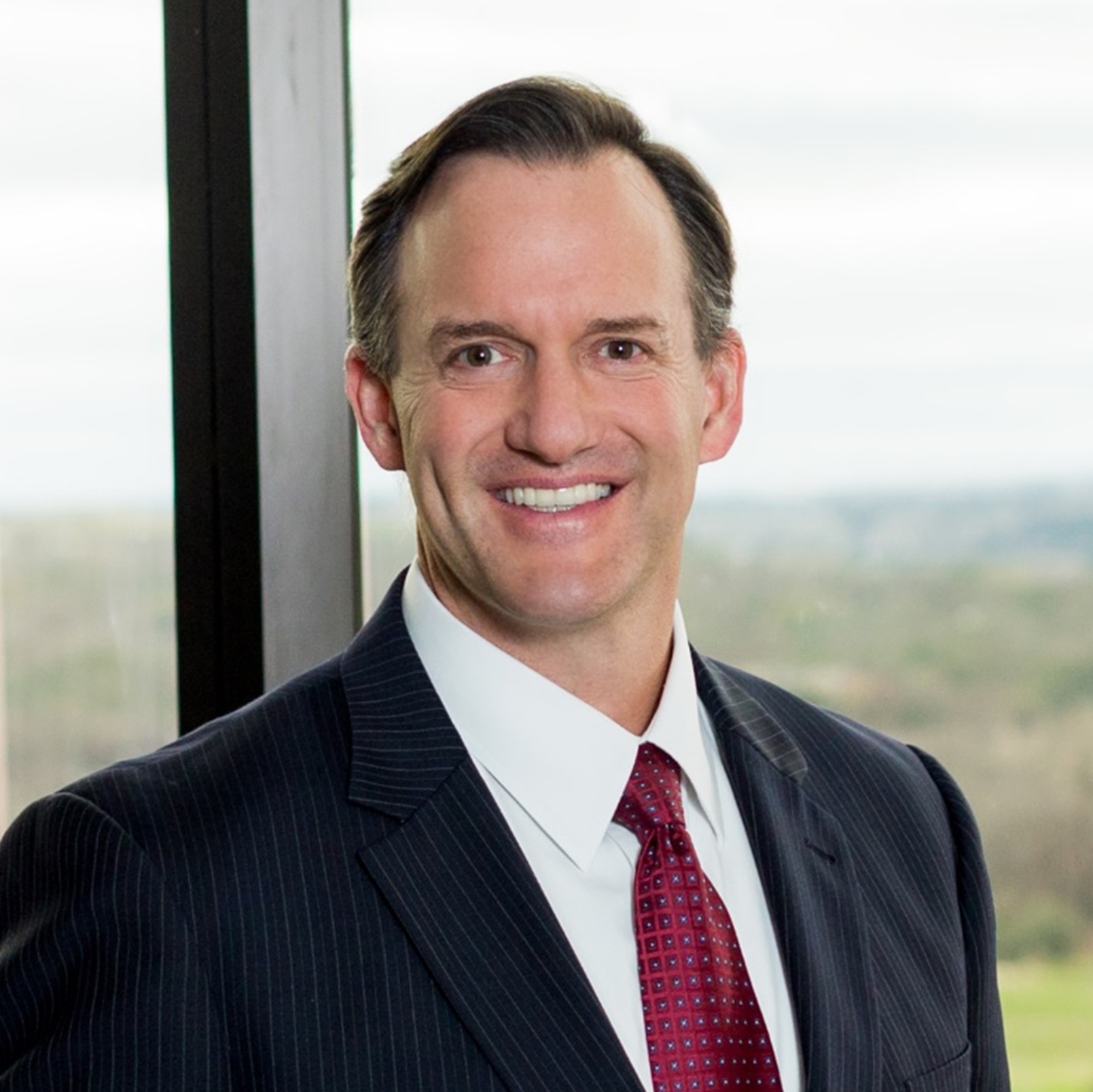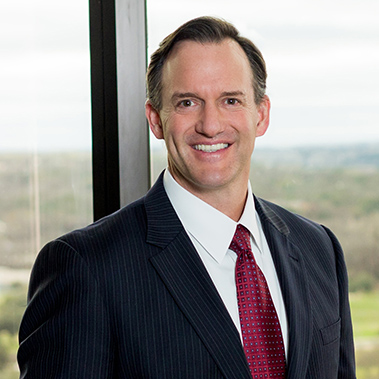By Meghan E. Griffiths, Michael J. Nasi, & Travis Wussow
Texas has long been a magnet for manufacturing and data center development, thanks to its business-friendly climate, abundant land, and low-cost energy infrastructure. But as the state’s electric grid faces new challenges from rapid load growth—driven in large part by data centers, crypto mining, and other large-scale users—the Texas Legislature has been grappling with how to manage the changing landscape in the State, most notably surging electrical demand in the ERCOT power region and the need for transmission and generation to meet the demand.
On May 29, 2025, the Texas Legislature passed SB 6, which enacted new requirements governing the planning, interconnection, and operation of large electrical loads and generation resources in ERCOT. SB 6 is now awaiting Governor Abbott’s signature. The bill will significantly impact how large electrical loads are planned, interconnected, and managed throughout ERCOT. Understanding SB 6’s impact on the regulatory and economic landscape is critical for anyone involved in siting, building, developing, or operating large-scale data centers or new industrial manufacturing facilities in Texas. Equally, power and battery storage developers, owners, and operators need to understand the impacts of the legislation.
Key Takeaways
The new law aims to balance Texas’s economic growth with the need for grid reliability, load growth planning and fair cost allocation. Here’s what developers, investors, and operators of data centers and other large loads need to know:
Cost Sharing and Interconnection Standards
SB6 requires the Public Utility Commission of Texas to establish a rule for investor-owned utilities to address cost sharing and interconnection standards for new large load customers. Large load customers (defined at a 75 MW threshold, which can be lowered by the PUC), including data centers, will be required to contribute to the costs that utilities incur to connect them to the grid. The legislation also requires electric cooperatives and municipally owned utilities that have not adopted customer choice to pass through the reasonable costs to interconnect large loads.
The PUC is directed to establish uniform standards for interconnecting large loads with the goal of supporting business development while minimizing the risk of stranded/increased costs from overbuilt infrastructure.
Subject to certain confidentiality protections, large load customers must disclose if they are pursuing similar interconnection requests elsewhere in Texas that could impact the planning and timing of their interconnection request so that utilities, ERCOT and the PUC will have better information on which to base load projections and infrastructure planning.
Key Provisions for Large Electrical Loads
- On-Site Backup Generation: Large load customers with on-site backup generation (capable of serving at least 50% of on-site demand, but not exporting to the grid) must provide information about these facilities to their utility and ERCOT. The PUC by rule will issue standards that lay out the information required. During grid emergencies, ERCOT may require these customers to deploy their backup generation or curtail load.
- Financial Commitments and Study Fees: A flat fee of at least $100,000 will be required for initial transmission screening studies for large loads, with additional fees for expanded capacity requests.
- Net Metering and Co-Location Arrangements: New net metering arrangements between an existing generation resource and a new large load must be disclosed to ERCOT, which will study the system impacts. The PUC must approve, deny, or impose conditions on the arrangement.
- Demand Management and Reliability Services: Utilities must establish protocols for curtailing load during emergencies for large loads interconnected after December 31, 2025 (excluding critical industrial and natural gas facilities), including requiring the installation of necessary equipment or technology before the customer is interconnected to allow the load to be curtailed during firm load shed.
- Implications for Water and Sewer Corporations: These corporations may generate and sell electricity to ERCOT, using proceeds for operational costs or other authorized purposes.
- Transmission Cost Allocation Review: The PUC is directed to study, and, if necessary, revise the methodology for assigning wholesale transmission costs to ensure all customer classes—including large industrial loads and data centers—are paying their fair share. This review will consider alternatives to the current four coincident peak method and must be completed by the end of 2026.
What This Means for Data Center Stakeholders and Other Large Power Users
These changes represent a shift in how large electrical loads are interconnected into the Texas grid and the regulatory approval process for co-locating large power users with existing generation. Large power users may ultimately face new requirements for cost allocation for grid interconnection, disclosure of development plans, and operational flexibility during tight grid conditions. Land developers, equity investors, and energy providers should pay close attention to the evolving standards for site control, financial commitments, interconnection planning, and regulatory requirements related to on-site and co-located generation.
We recommend that all participants in the data center ecosystem review their current and planned projects in light of these new requirements. Our team is available to help you navigate these changes and position your business for success in the rapidly evolving Texas energy landscape.
Meet JW
Jackson Walker is a leading legal authority in all aspects of data center development. Our team offers clients deep industry knowledge, decades of experience, a broad market perspective, and practical guidance. We help data center owners, developers, investors, tenants, and operators navigate every stage of the data center lifecycle. Our business-minded approach delivers strategic, scalable solutions tailored to each client’s needs, supporting compliant, successful data center operations.
The opinions expressed are those of the authors and do not necessarily reflect the views of the firm, its clients, or any of its or their respective affiliates. This article is for informational purposes only and does not constitute legal advice. For questions related to Senate Bill 6, please contact a member of the Digital Infrastructure & Data Centers practice.
 Meet Meghan
Meet Meghan
Meghan E. Griffiths is Chair of the Environmental, Regulatory, & Legislative group and Digital Infrastructure & Data Centers practice. Meghan specializes in advising and advocating for clients involved in complex project development, commercial transactions, litigation, and regulatory matters. Her focus is primarily on clients in the energy and electric power sectors, as well as those with substantial energy and infrastructure needs. Meghan’s clientele includes developers and owners of renewable and thermal generation, electric utilities, utility investors, retail electric providers, and large power users across various industries such as data centers, manufacturers, refineries, oil and gas companies, and commercial developers.
 Meet Mike
Meet Mike
Michael J. Nasi is the founder and Chair of Jackson Walker’s Carbon Capture, Utilization and Storage (CCUS) group and Chair of the Digital Infrastructure & Data Centers practice. His practice encompasses numerous federal and state environmental and utility regulatory programs, with a focus on environmental and utility regulatory counseling and litigation for the power sector, as well as project development incentives and power market reforms.
Mike has been an expert witness and speaker at hearings, energy policy events, and classrooms across the country, including the White House and the United Nations, and is published in several trade, law, and business journals on environmental and energy law. He participates on advisory boards or as counsel for several state and regional energy research initiatives, including the Wyoming Energy Agency, North Dakota’s Energy & Environmental Research Center (EERC) Foundation Board, the Southern States Energy Board (SSEB), the Energy Council, and the University of Houston Center for Carbon Management in Energy (CCME).
 Meet Travis
Meet Travis
Travis Wussow is a regulatory and governmental affairs lawyer with extensive experience solving complex regulatory and public policy problems. As an advisor and advocate, Travis assists clients in navigating and shaping their regulatory landscape, helping them maintain compliance while advancing their broader strategic goals. His extensive public policy experience spans healthcare, technology, education, constitutional law, and international human rights. This diverse background allows him to bring a unique perspective to his practice.
 Meet Meghan
Meet Meghan Meet Mike
Meet Mike Meet Travis
Meet Travis